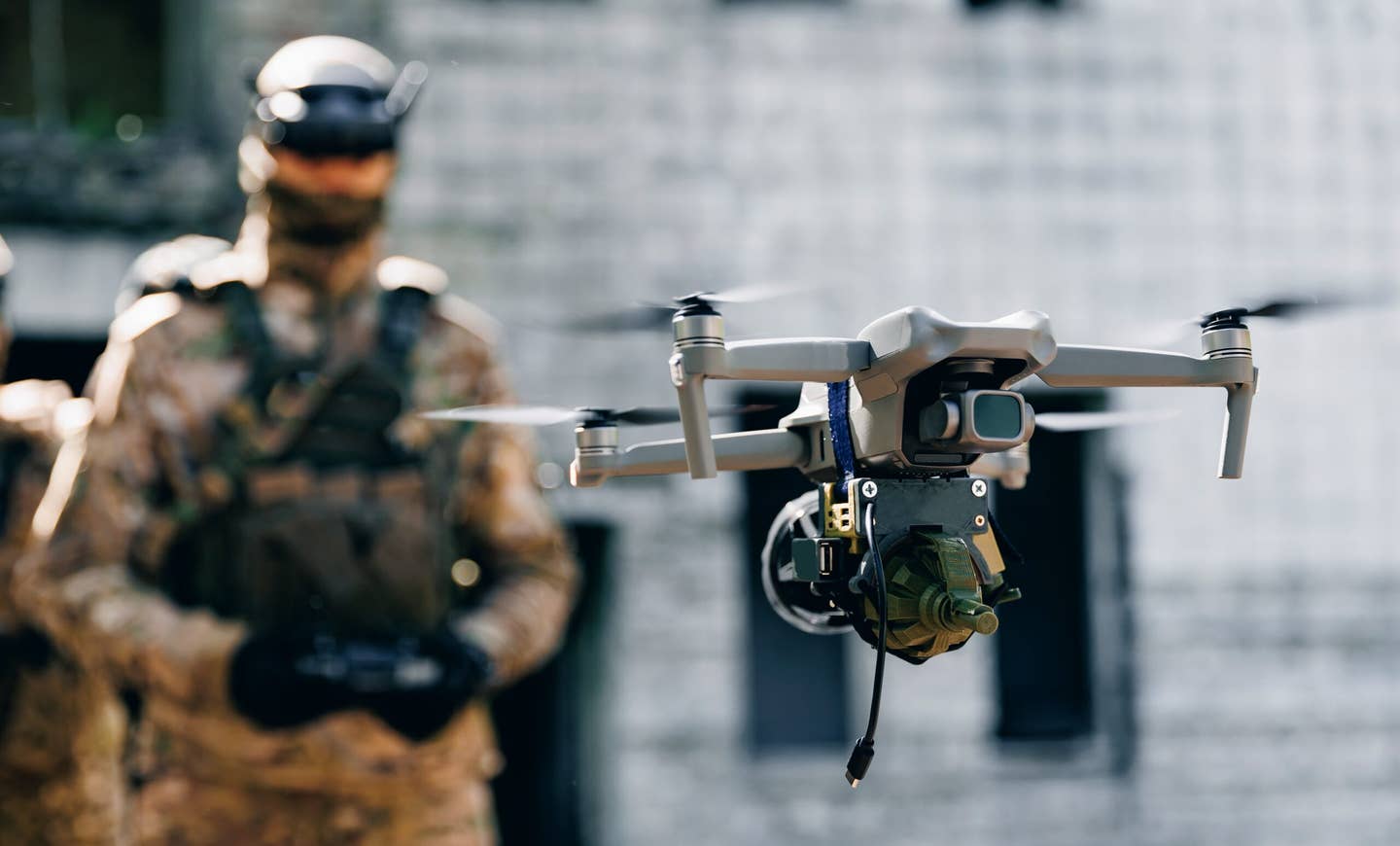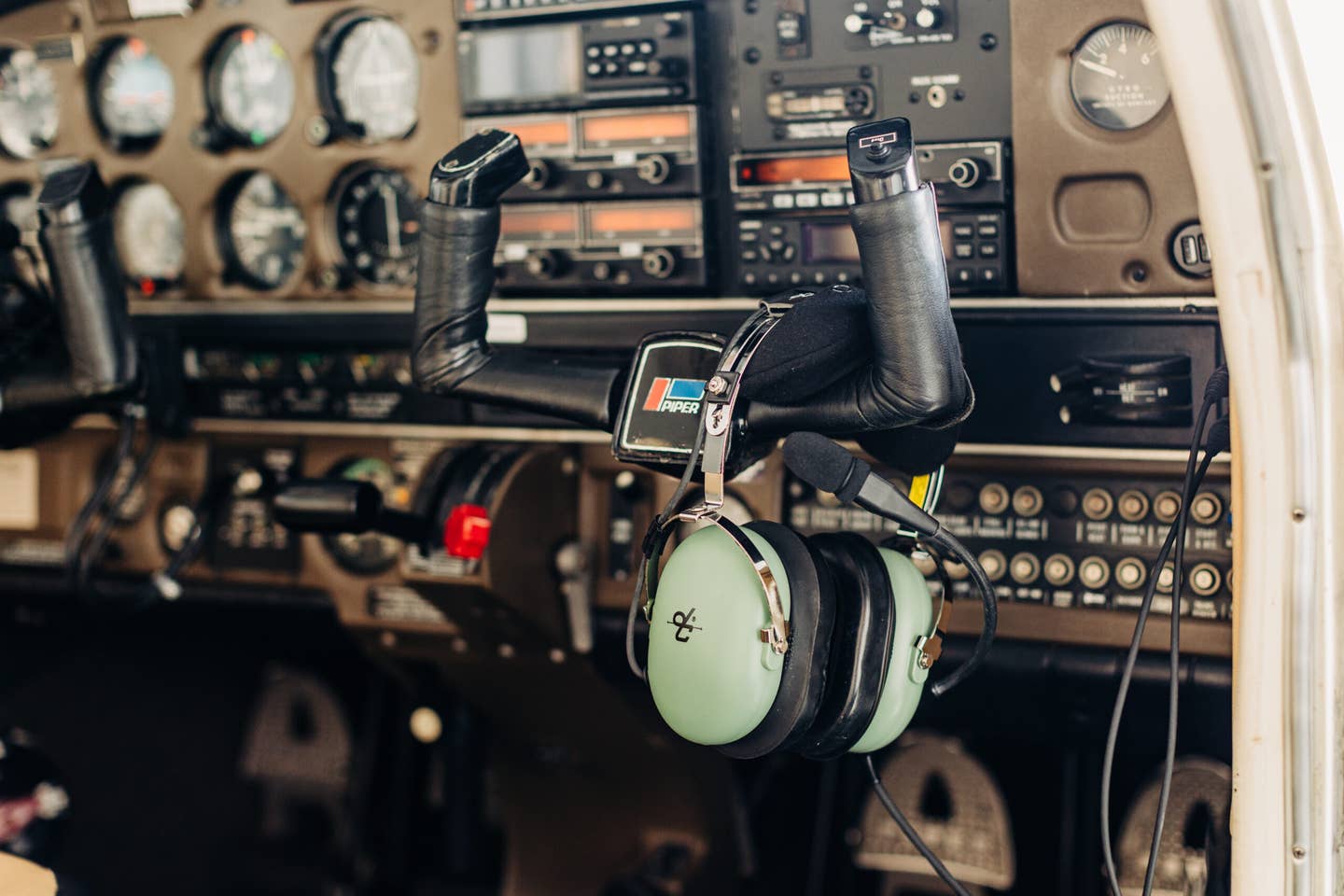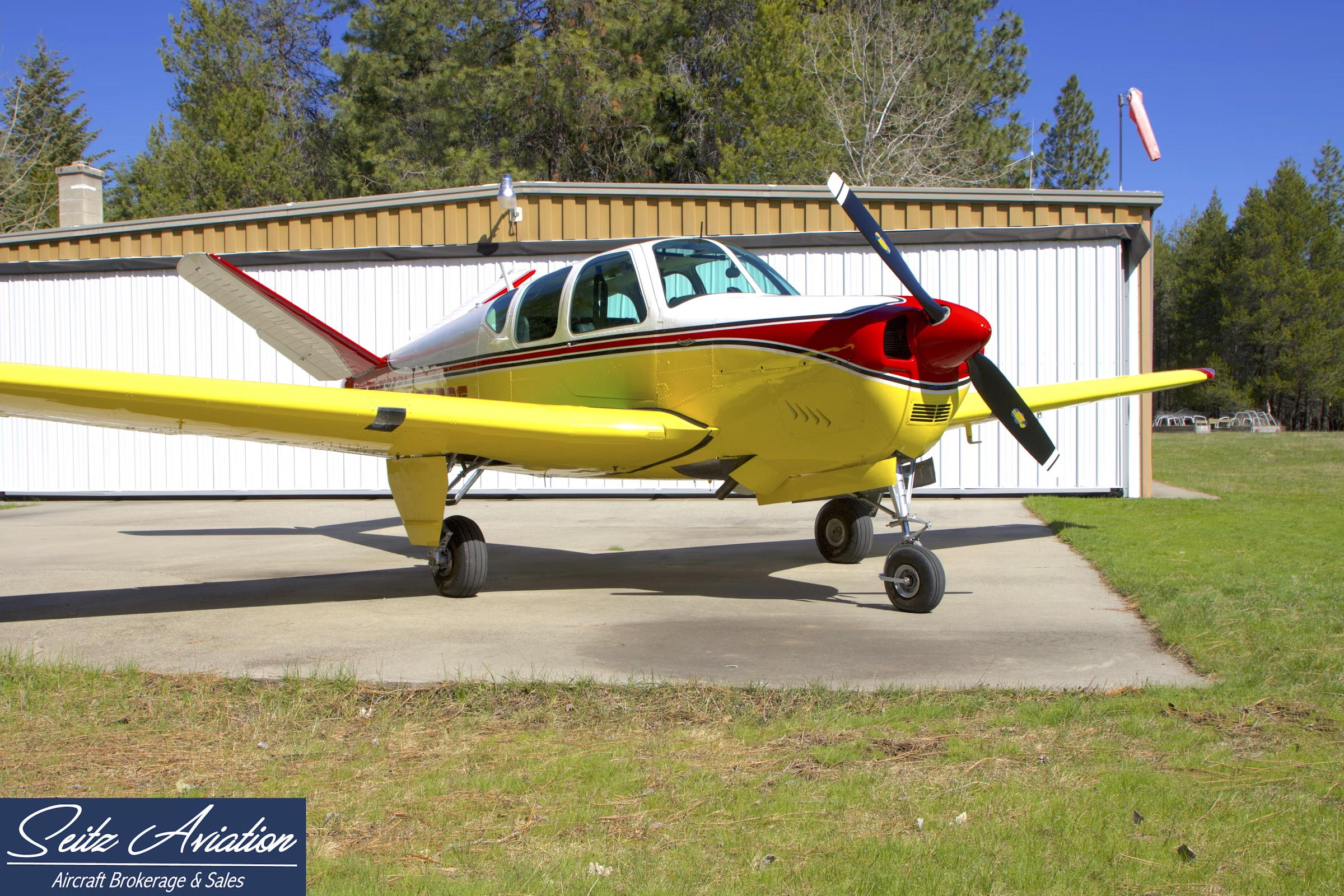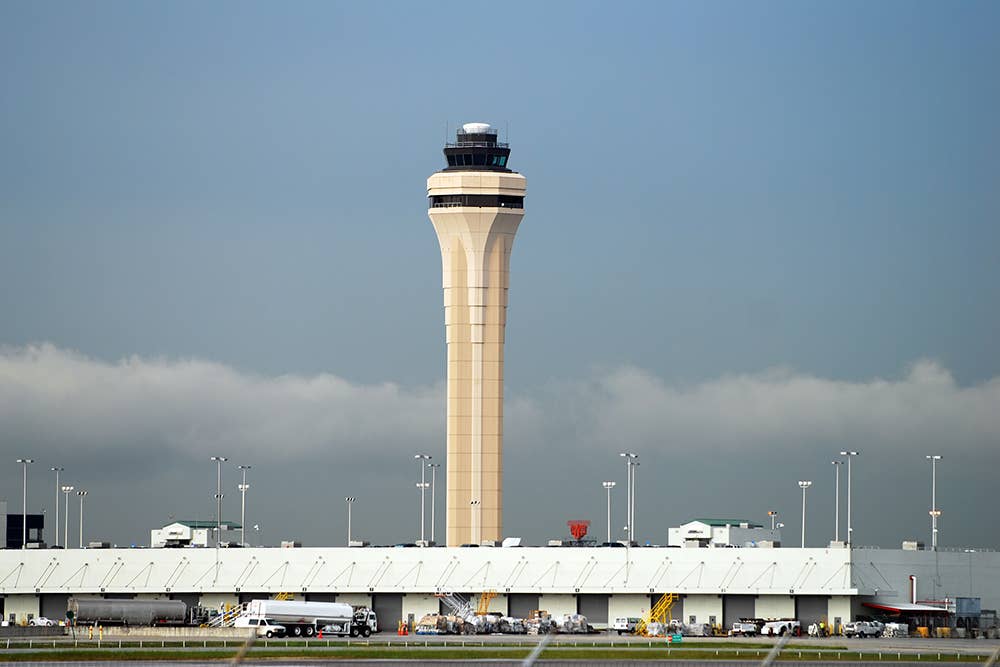Tecnam Begins P-Mentor Deliveries in U.S.
Kansas flight school is the first to receive the aircraft less than a month after it achieved FAA type certification.
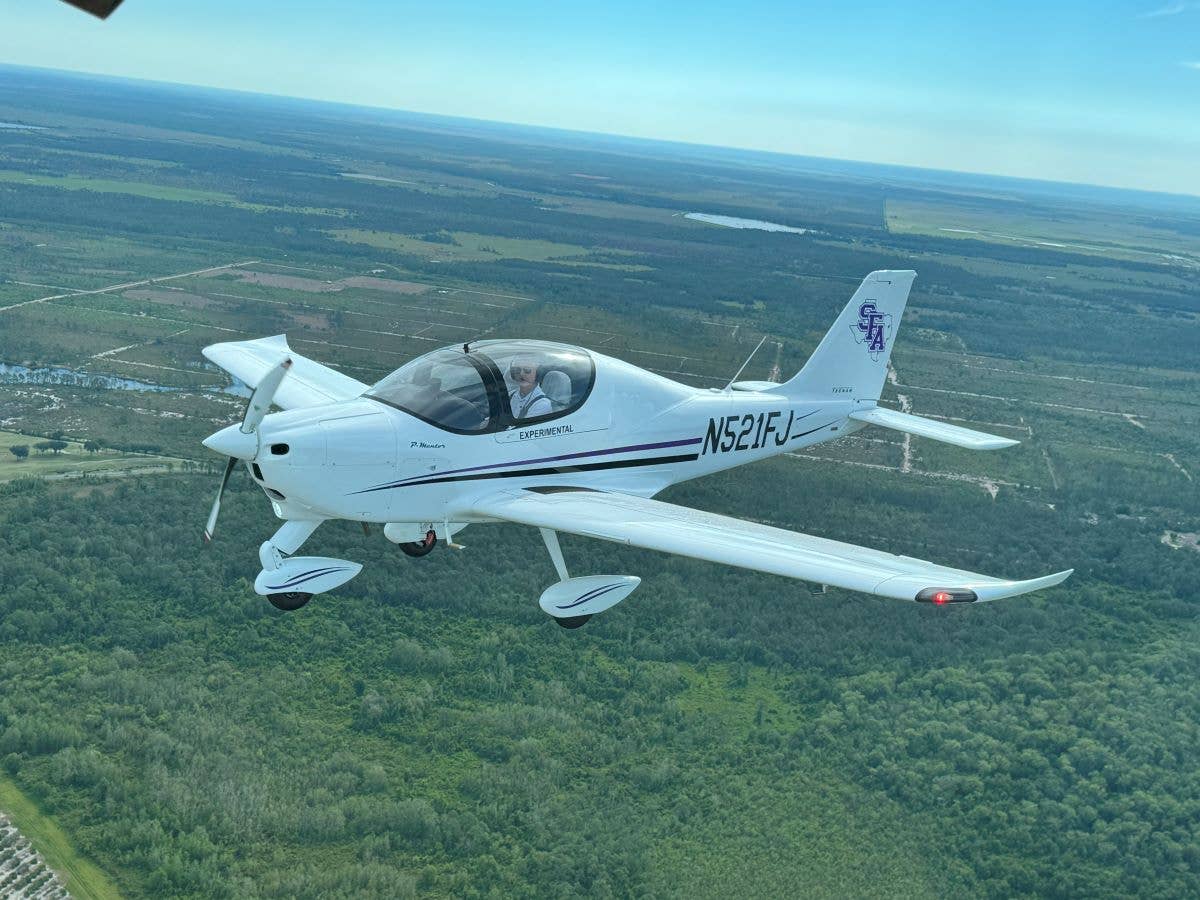
Tecnam P-Mentor [Courtesy: Tecnam Aviation]
U.S. deliveries of Tecnam Aircraft’s P-Mentor single engine aircraft have begun, with the first airplanes going to Kilo Charlie Aviation in New Century, Kansas.
Last month the IFR certified Part 23 design built in Capua, Italy, achieved certification from the FAA.
“Beginning P-Mentor customer deliveries less than one month after achieving [FAA] type certification marks another incredible milestone of raising the bar for the general aviation marketplace," said Giovanni Pascale Langer, managing director of Tecnam Aircraft. “The P-Mentor has already begun to transform the training marketplace around the world as flight schools recognize that they cannot continue to operate legacy aircraft. The P-Mentor offers a unique combination of unparalleled safety, performance, and cost-effectiveness.”
- READ MORE: Kansas Flight School Places Tecnam Order
According to Robert Renfro, chief pilot and co-founder of Kilo Charlie Aviation, the school that was established in 2020 has, up until now, relied upon a fleet of Piper Warrior Pa-28-161, Piper Archer III, and Cirrus SR-20 G6 aircraft for single-engine training.
As its student population and fuel bill increased, the company realized it needed to find a more efficient design to fulfill training needs.
“We looked at every fleet on the market—I truly mean everyone," Renfro said. "We had been flying the Tecnam P-2006T for twin training after transitioning from a Diamond DA-42 and fell in love with its reliability and efficiency. We reached out to Tecnam to order a bigger fleet of twins, and they let us know at the time that a new certified single was coming out and that they wanted to present it to us.”
According to Renfro, Tecnam is providing the flight instructors with one hour of ground instruction and two hours of flight training in the aircraft. Most of the instructors have already had some experience with the Tecnam, he said, noting that last year they were the first pilots in the U.S. to fly the airplane.
“All our instructors flew it for an hour and said that it is easier, more intuitive, and has more effectiveness in landing,” Renfro said. “All airplanes have tendencies which we will learn, but from what we know so far, the transition is going to be very easy.”
In addition to factory-provided pilot training, Tecnam will also give instruction to mechanics, if necessary, allowing them better understanding of the equipment, specifically the Rotax engine.
P-Mentor Specs
The P-Mentor sports a FADEC-equipped Rotax 912iSC3 engine and a Garmin G3X Touch Screen avionics suite, making it a good platform for both IFR as well as VFR training. The touch displays can be configured to show a primary flight display, base map, and engine information system.
The useful load of an aircraft is always a consideration in the training environment, second only to fuel economy. Although Tecnam is synonymous with light sport aircraft (LSA), the company chose to certify the P-Mentor with a maximum gross weight of 1,587 pounds—268 pounds more than the top of the LSA class. This allows for a useful load of 628 pounds.
- READ MORE: FlyBy Places Order for 12 Tecnam Aircraft
“Our instructor/pilot average weight is 400 pounds,” Renfro said. “That leaves us at 20 gallons a flight. At a conservative 4 gallons per hour, we have five hours of flight time. Currently, our Archers fly with half tanks and get three hours of flying time.”
The aircraft utilizes a control stick and adjustable seats for pilot comfort. The P-Mentor also includes a variable pitch propeller and simulated retractable landing gear, thus preparing the pilots for the transition to complex aircraft. There is also an optional ballistic parachute.
According to Tecnam, the average cost operations per hour of the design is $65.

Sign-up for newsletters & special offers!
Get the latest FLYING stories & special offers delivered directly to your inbox

